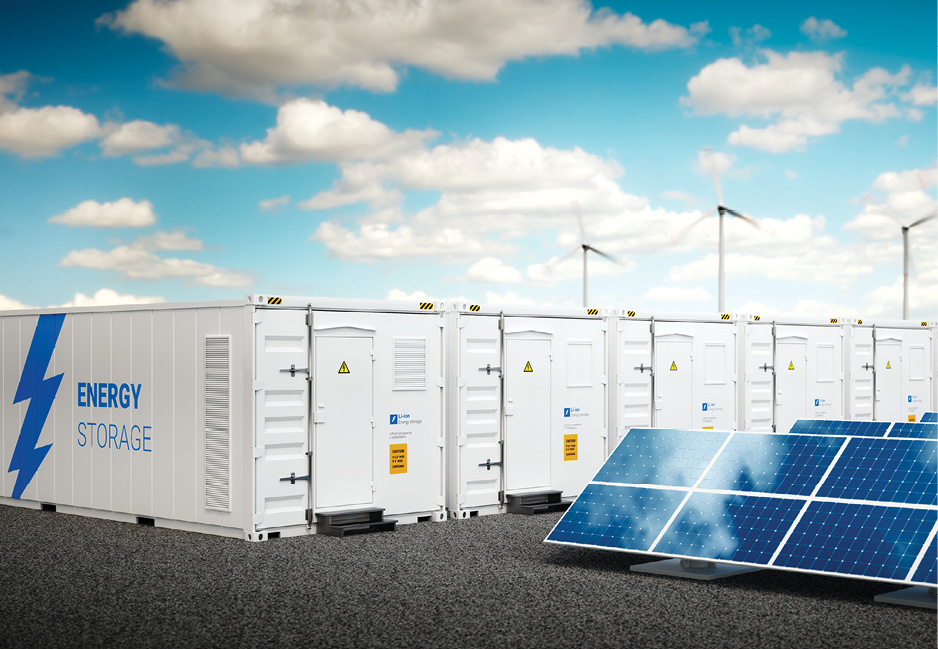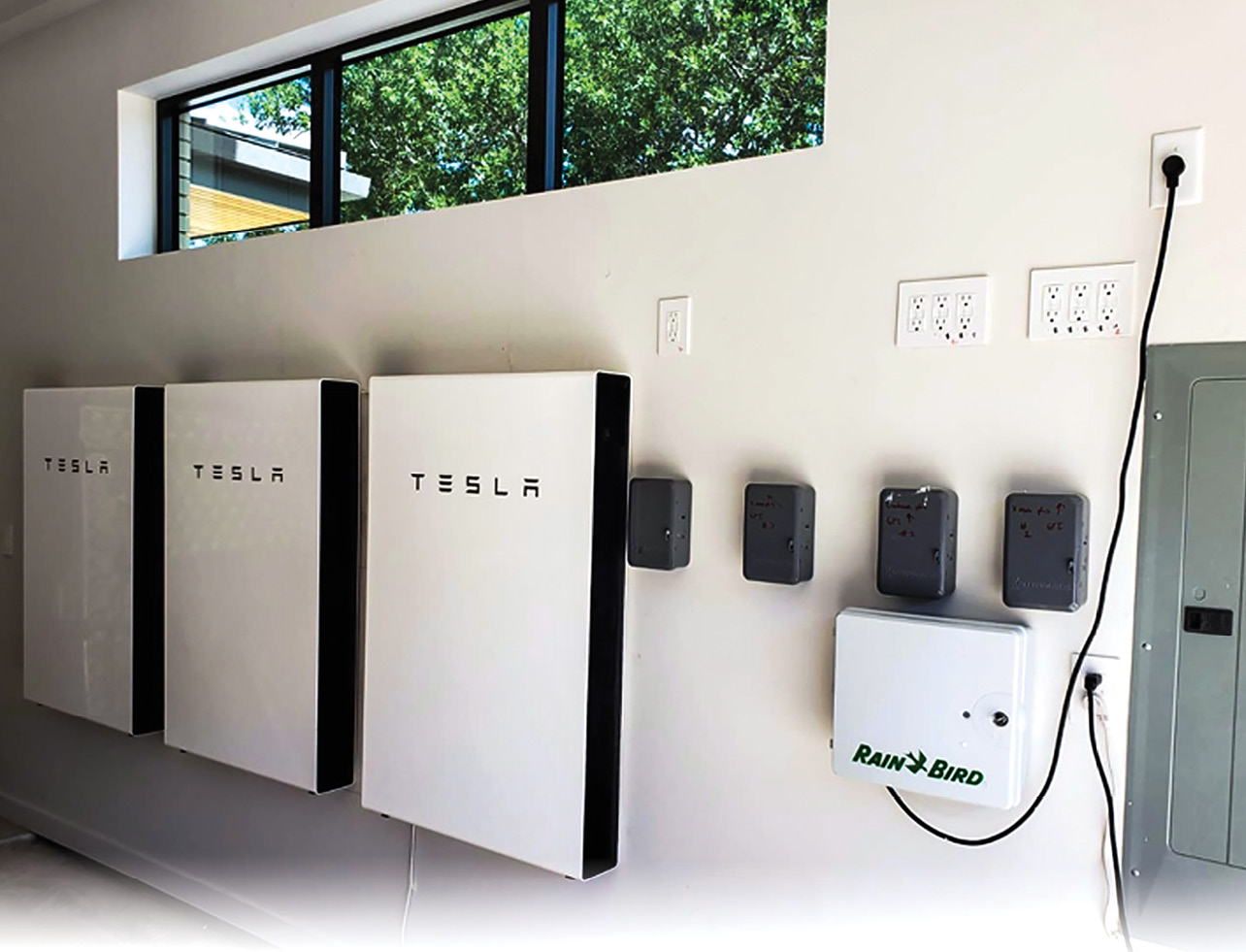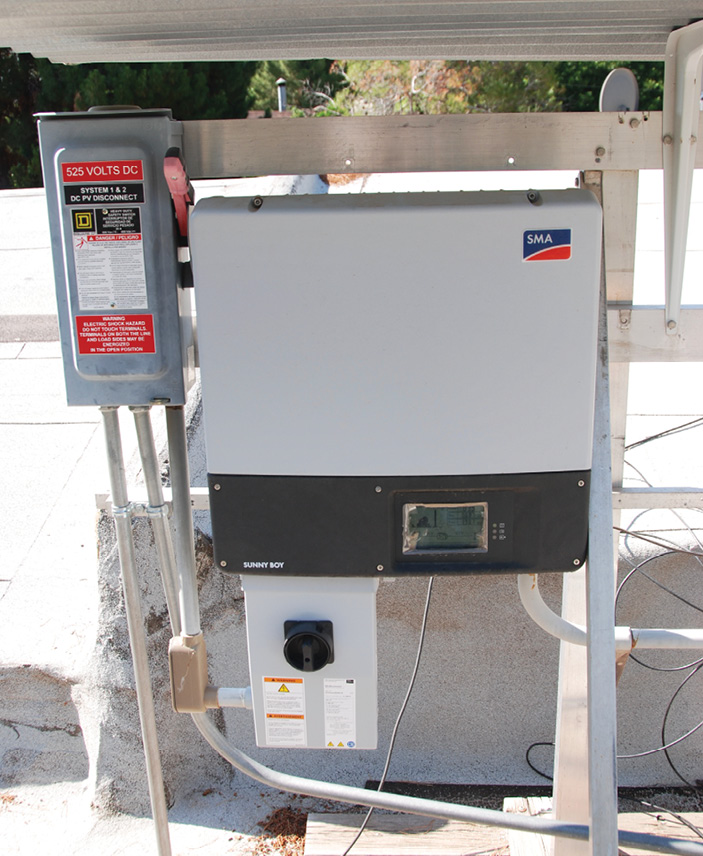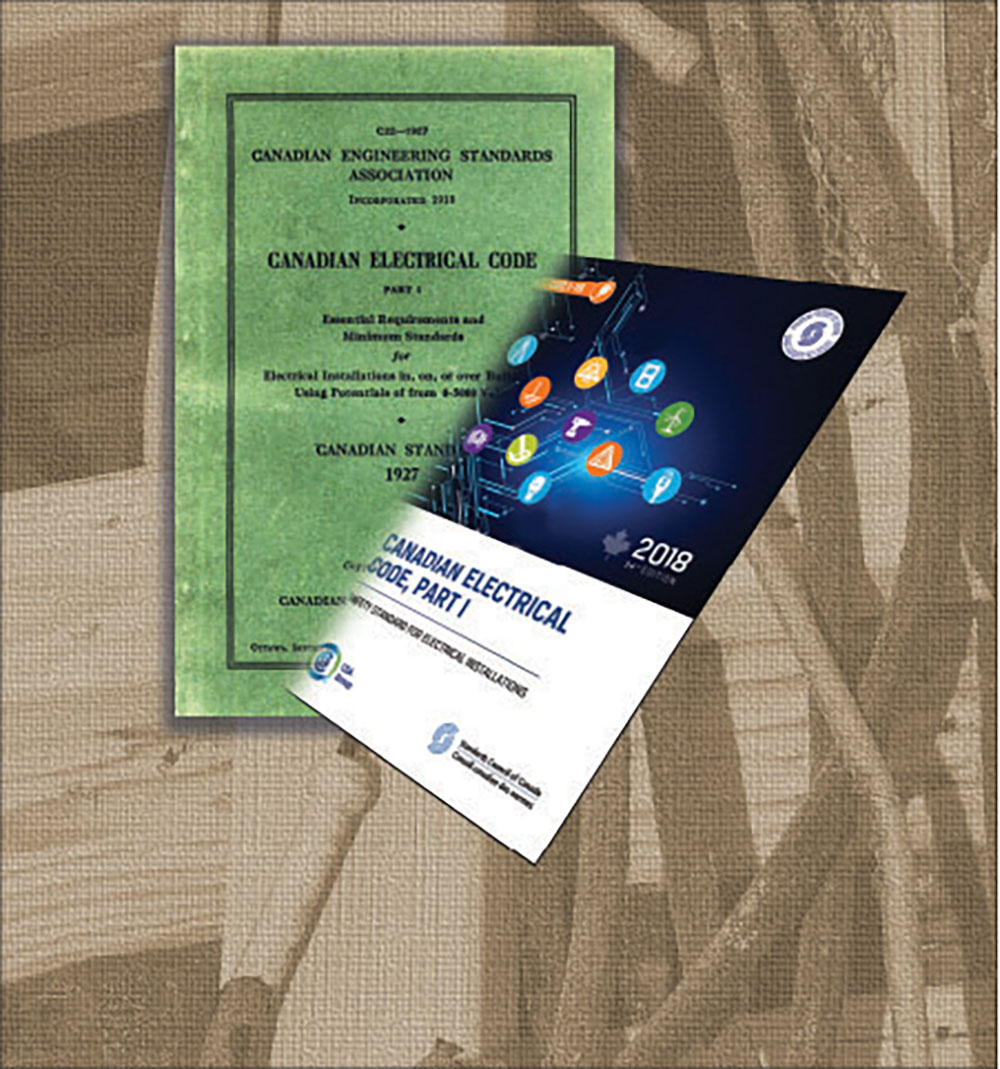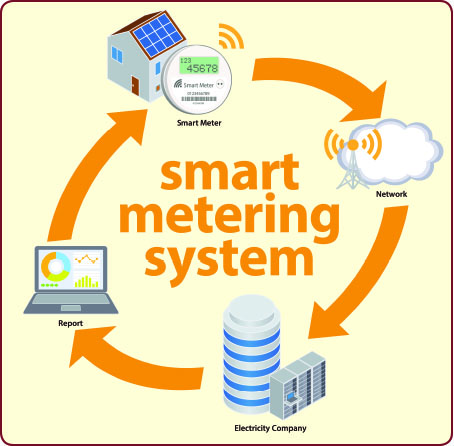It is the responsibility of the authority having jurisdiction (AHJ) to determine whether any field modifications are significant enough to require a UL staff member to evaluate the modified product. UL can assist the AHJ in making that determination.
The market is shifting to newer, cleaner energy sources like wind and solar. Today, we need new systems for energy management, including energy storage.
Take this energy storage quiz based on the 2017 National Electrical Code to test your ability to find all of the regulations on energy storage.
Energy storage has been a hot topic of conversation over the past few years. We’ve heard about futuristic innovations, larger-than-life company leaders like Elon Musk putting his storage company on the map, and states vowing to become energy independent through renewable resource use.
In addition to paying taxes, there is one thing you can count on for sure: the electrical industry will continue to evolve. All we have to do is look at energy storage as an example and how it has evolved over the past two centuries.
Before we get into the details of conductors, currents, and circuit protection on the AC side of the PV system, let’s step back and try to get a bigger picture of where are some of the dangers or hazards that need to be considered.
A supply-side interconnection is any connection to the service conductors on the supply-side of the service disconnecting means. The 2017 National Electrical Code (NEC) contains nine categories of equipment. A list of allowed supply-side interconnections is provided in NEC 230.82.
The CE Code states, "Electrical equipment used in electrical installations within the jurisdiction of the inspection department shall be approved and shall be of a kind or type and rating approved for the specific purpose for which it is to be employed."
The electrical grid as we know it hasn’t changed much in the last 100 years, but we have changed as a society and so has the technology we use.
Q. I know cord and plug-connected appliances are tested for leakage current but are hard-wired appliances tested for leakage current, as well?



